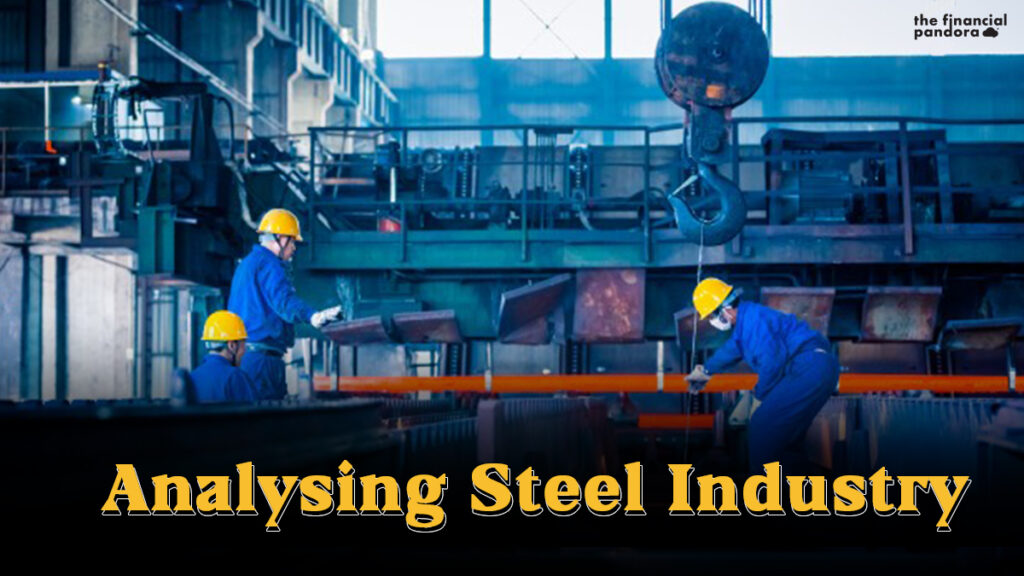SAIL’s stock price has risen by 50% in one month. An Equirus analyst has advised Long coverage with a March 22 target price of Rs.162. Tata Steel and JSW Steel are trading at lifetime highs. It is expected that the demand will exceed the production numbers even during the current financial year. Steel prices may take at least 2 years to cool down. The GOI has announced stimulus packages to survive the financial crisis. Due to this, consumption has increased and steel demand is constantly rising. The steel prices might not come down till the benefits of the packages are fully utilized.
There are several other challenges being faced by the steel industry. Whilst it is a necessity to sustain life, the production is not only dangerous and hazardous for the workers, but also environmentally not- friendly. Many curbs are being placed around the world to limit the production. Due to this supply gap, there is a possibility that the prices keep increasing in the long term, until someone comes up with a simpler, non-polluting way of manufacturing steel.
Presently, India is a net importer of iron ore as domestic supply is not enough to meet it’s demand. The Supreme Court has put caps on the mining/ production of iron in the state of Odhisha, Goa and Karnataka. Lack of enough efficient captive mines in the country has inflated the problem. Iron ore prices in the globe have surged to 10 year highs.
What is needed is the revamp of the production in India. As per an article published by Business – Standard, if it is possible to continue the steel production growth, prices will likely decline in 2-3 months.


